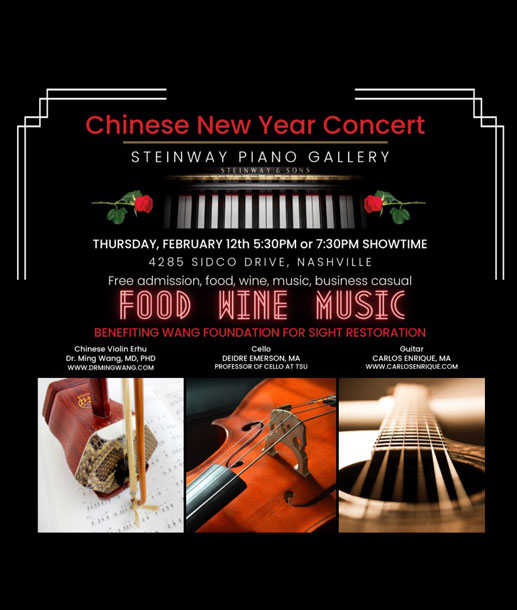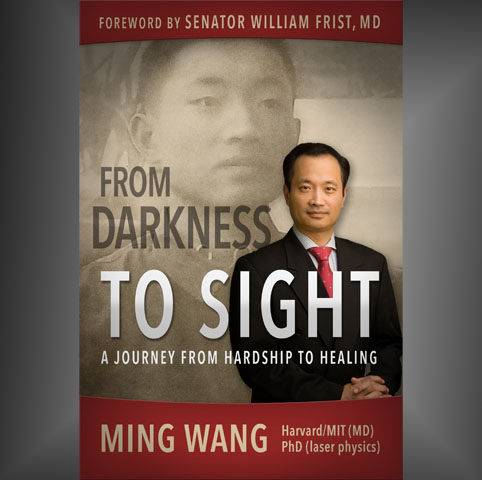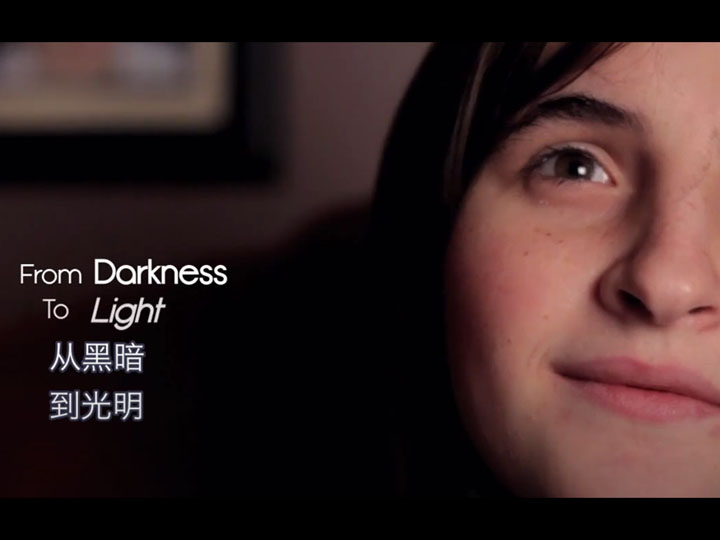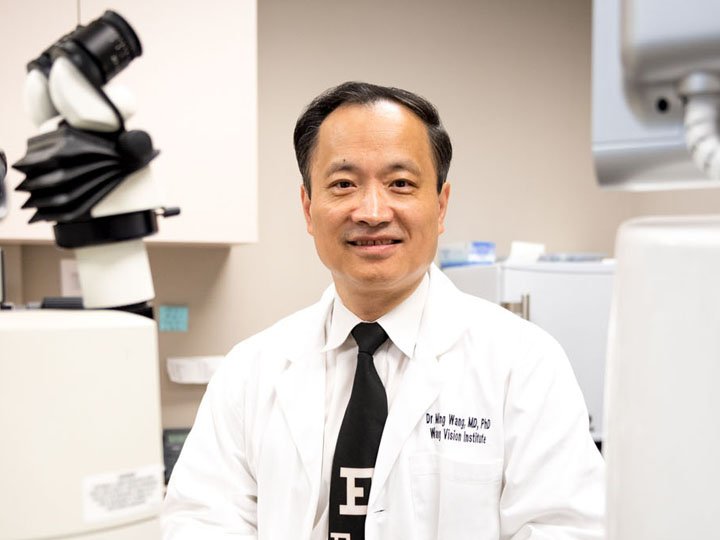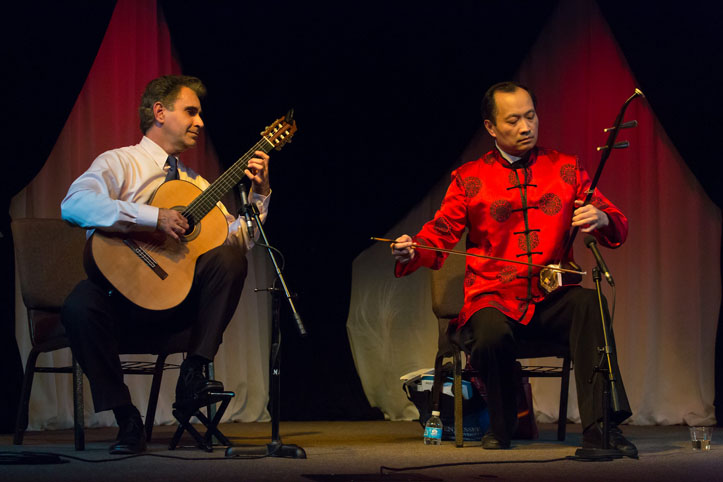When you are playing the movie Sight on the Angel.com platform (by joining as an Angel guild member (starting at $12/mo: https://www.angel.com/guild/pricing)), in the right lower corner of the movie screen, there are TWO buttons:
- One button for voice (2 choices: English, Chinese (Simplified));
- One button for subtitle (3 choices: off, English, Chinese (simplified)).
So, altogether, in terms of voices and subtitles, since 2x 3 = 6, there are 6 voice/subtitle versions for this film.
Group 1: Voice remains in “English”:
1. Voice remains in “English”, and subtitle remains “off”. This is the default version. You don’t need to hit any button. This is the MAIN version for North American theaters. This version CANNOT be understood by people who don’t know English.
- Events in China: Spoken in Chinese, with English subtitles;
- Events in America: Spoken in English, with NO subtitles;
2. Voice remains in “English”, and subtitle changed to “English”. This version CANNOT be understood by people who don’t know English.
Leaving the voice button in its default “English”, you hit ONLY button (the subtitle button) to change it to “English”.
- Events in China: Spoken in Chinese, with English subtitles;
- Events in America: Spoken in English, with English subtitles.
3. Voice remains in “English”, and subtitles changed “Chinese (simplified)”.
Leaving the voice button in its default “English”, you hit ONLY button (the subtitle button) to change to “Chinese (Simplified)”. This version CAN be understood by ALL (and treating both language crowds equally).
- Events in China: Spoken in Chinese, with English subtitles;
- Events in America: Spoken in English, with Chinese subtitles.
Group 2: Voice changed to “Chinese (Simplified)”:
4. Voice changed from to “Chinese (simplified)”, and subtitle remains unchanged at “off”. This version CANNOT be understood by people who don’t know Chinese.
You hit ONLY one button (the voice button) to change to “Chinese (Simplified)”, leaving the subtitle button unchanged at “off”.
- Events in China: Spoken in Chinese, with NO subtitles;
- Events in America: Spoken in Chinese, with English subtitles.
5. Voice changed to “Chinese (simplified)”, and subtitle changed to “English”. This version CAN be understood by ALL (but meant for a mostly Chinese crowd).
You hit TWO buttons now: Hit the voice button to change to “Chinese (Simplified)”, AND ALSO, hit the subtitle button to change to “English”.
- Events in China: Spoken in Chinese, with English subtitle;
- Events in America: Spoken in Chinese, with English subtitles.
6. Voice changed to “Chinese (simplified)”, and subtitle changed to “Chinese (simplified)”. This version CANNOT be understood by people who don’t know Chinese.
You hit TWO buttons now: Hit the voice button to change to “Chinese (Simplified)”, AND ALSO, hit the subtitle button to change to “Chinese (Simplified)”.
- Events in China: Spoken in Chinese, with BOTH English AND Chinese subtitles;
- Events in America: Spoken in Chinese, with Chinese subtitles.

